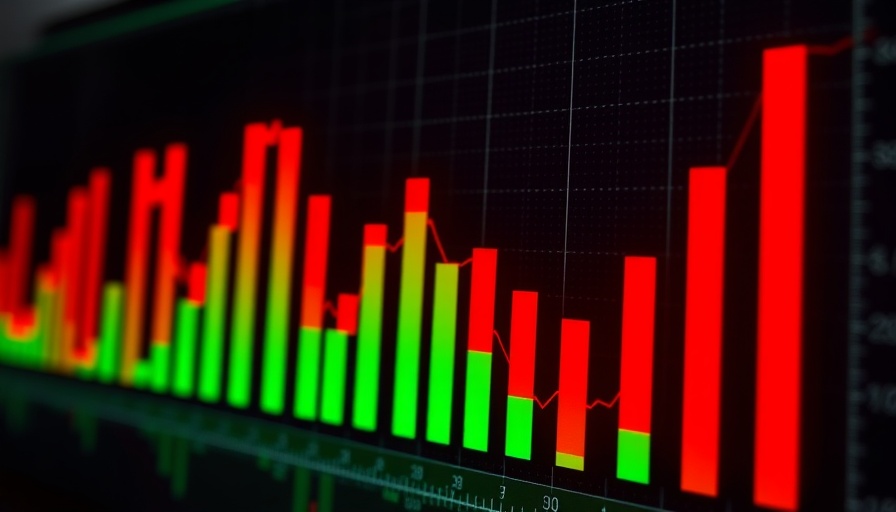
The Ongoing Turbulence in U.S. Trade Policy
The landscape of the U.S. stock market is intricately linked to trade policy, particularly in uncertain times. The recent back-and-forth judicial rulings regarding President Trump's tariffs have introduced a significant element of unpredictability for investors. Initially, a federal trade court decision blocked several tariffs on imports, aimed at reducing trade deficits with countries like China, Canada, and Mexico. However, a subsequent ruling temporarily reinstated these tariffs, creating a choppy environment for stocks. This oscillation reflects broader concerns about government authority, economic policy, and market responses to potential future outcomes.
Market Sentiment and Its Fluctuations
Investor sentiment plays a crucial role in stock market performance. Following news of the initial court rulings, equity futures rose sharply, buoyed by strong earnings reports from technology giants such as Nvidia. However, the enthusiasm was short-lived as investors grappled with the implications of potential tariff reinstatements. The interaction between tariff policies and market confidence demonstrates how sensitive equity markets are to policy shifts, underscoring the necessity for investors to stay attuned to these legal developments.
The Fed's Response and Economic Indicators
Market participants are not only focused on tariffs but also on the Federal Reserve's actions. Recent discussions between Fed Chair Jerome Powell and President Trump emphasized that monetary policy decisions will heavily depend on incoming economic data. This commitment shows the Fed's intent to remain data-driven rather than being swayed by political motivations. The latest economic indicators, including a slight upward revision in GDP growth and jobless claims numbers, point toward a mixed economic environment, which further complicates the investment landscape.
Impacts on Small Businesses and Consumers
The ripple effects of tariff policies extend beyond Wall Street and affect small businesses and consumers. As investors withdraw or hesitate due to uncertainty, small enterprises that rely on imports may face higher costs without clear guidance on forthcoming tariffs. These businesses often lack the resources to weather steep incremental cost increases, which could lead to delayed hiring or curtailed growth plans. Consumers, too, could feel the impact through potential price increases on goods once tariffs are fully in effect, thus raising questions about future consumer spending habits.
Predictions for the Future: Navigating Uncertainty
The shifting landscape of tariffs prompts a critical question: What’s next? With the potential of a Supreme Court case lurking, market volatility is likely to persist. Investors should prepare for continued choppiness in stock prices as new information emerges. Planning for contingency scenarios will be vital for those involved in the market. The upcoming months remain crucial for monitoring judicial outcomes and their broader implications for trade policy, economic growth, and investment strategies.
Conclusion: The Call for Informed Decision-Making
Navigating the U.S. stock market amid shifting tariffs and trade policies requires diligence and comprehension of the market mechanics at play. Investors must remain vigilant and informed, ready to adapt their strategies quickly as new developments unfold. Understanding these dynamics will empower individuals to make sound decisions in times of uncertainty. Engaging with up-to-date information and continuing education can foster confidence and drive resilience in investment methodologies.
 Add Row
Add Row  Add
Add 




 Add Row
Add Row  Add
Add 








Write A Comment